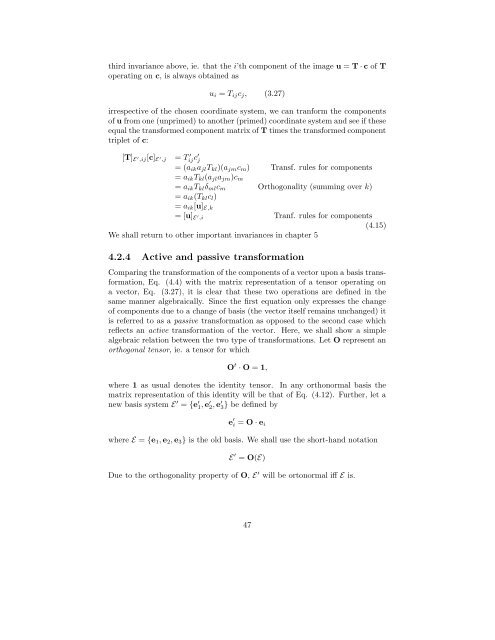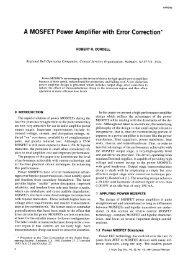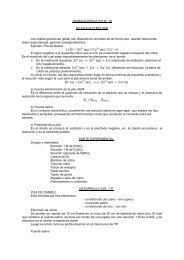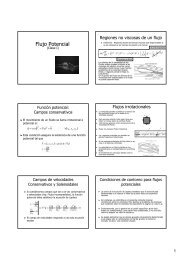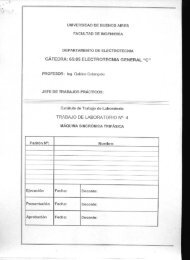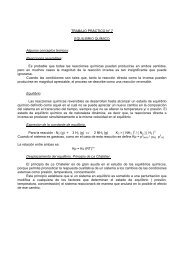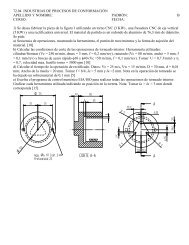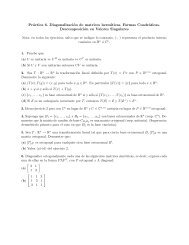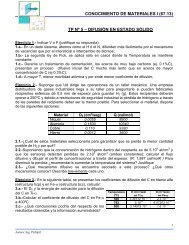Introduction to vector and tensor analysis
Introduction to vector and tensor analysis
Introduction to vector and tensor analysis
You also want an ePaper? Increase the reach of your titles
YUMPU automatically turns print PDFs into web optimized ePapers that Google loves.
third invariance above, ie. that the i’th component of the image u = T · c of T<br />
operating on c, is always obtained as<br />
ui = Tijcj, (3.27)<br />
irrespective of the chosen coordinate system, we can tranform the components<br />
of u from one (unprimed) <strong>to</strong> another (primed) coordinate system <strong>and</strong> see if these<br />
equal the transformed component matrix of T times the transformed component<br />
triplet of c:<br />
[T]E ′ ,ij[c]E ′ ,j<br />
= T ′<br />
ij c′ j<br />
= (aikajlTkl)(ajmcm) Transf. rules for components<br />
= aikTkl(ajlajm)cm<br />
= aikTklδmlcm<br />
= aik(Tklcl)<br />
= aik[u]E,k<br />
= [u]E ′ ,i<br />
Orthogonality (summing over k)<br />
We shall return <strong>to</strong> other important invariances in chapter 5<br />
4.2.4 Active <strong>and</strong> passive transformation<br />
Tranf. rules for components<br />
(4.15)<br />
Comparing the transformation of the components of a vec<strong>to</strong>r upon a basis transformation,<br />
Eq. (4.4) with the matrix representation of a <strong>tensor</strong> operating on<br />
a vec<strong>to</strong>r, Eq. (3.27), it is clear that these two operations are defined in the<br />
same manner algebraically. Since the first equation only expresses the change<br />
of components due <strong>to</strong> a change of basis (the vec<strong>to</strong>r itself remains unchanged) it<br />
is referred <strong>to</strong> as a passive transformation as opposed <strong>to</strong> the second case which<br />
reflects an active transformation of the vec<strong>to</strong>r. Here, we shall show a simple<br />
algebraic relation between the two type of transformations. Let O represent an<br />
orthogonal <strong>tensor</strong>, ie. a <strong>tensor</strong> for which<br />
O t · O = 1,<br />
where 1 as usual denotes the identity <strong>tensor</strong>. In any orthonormal basis the<br />
matrix representation of this identity will be that of Eq. (4.12). Further, let a<br />
new basis system E ′ = {e ′ 1 , e′ 2 , e′ 3 } be defined by<br />
e ′ i = O · ei<br />
where E = {e1, e2, e3} is the old basis. We shall use the short-h<strong>and</strong> notation<br />
E ′ = O(E)<br />
Due <strong>to</strong> the orthogonality property of O, E ′ will be or<strong>to</strong>normal iff E is.<br />
47


